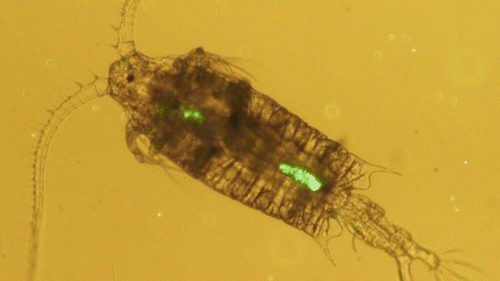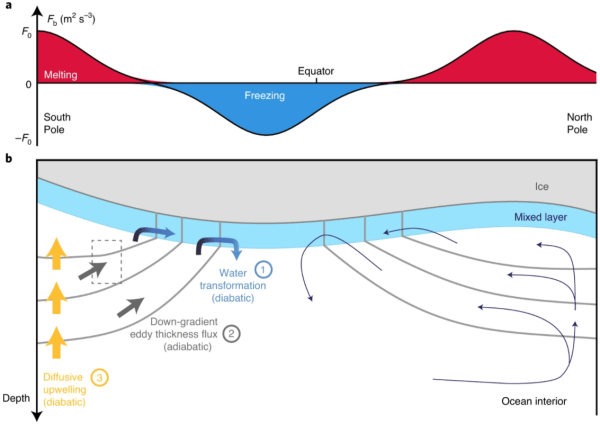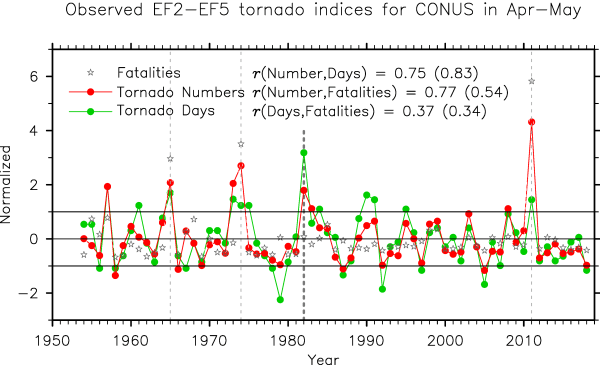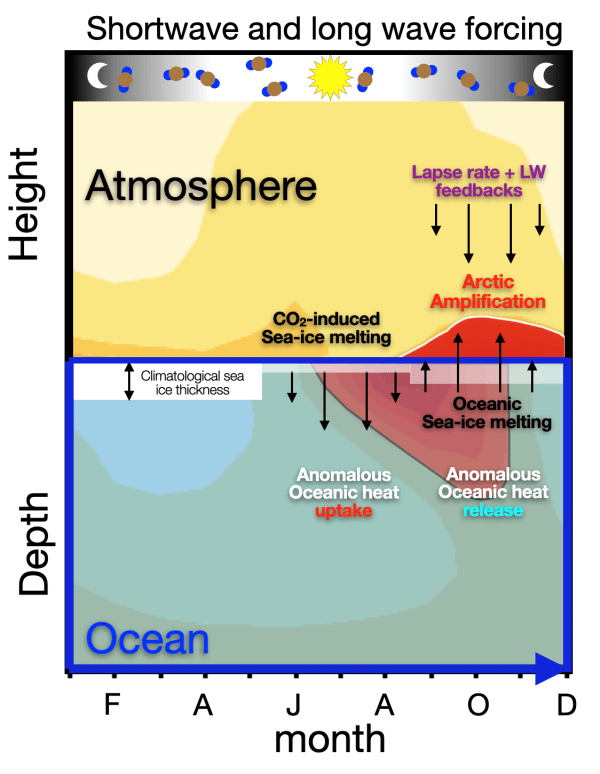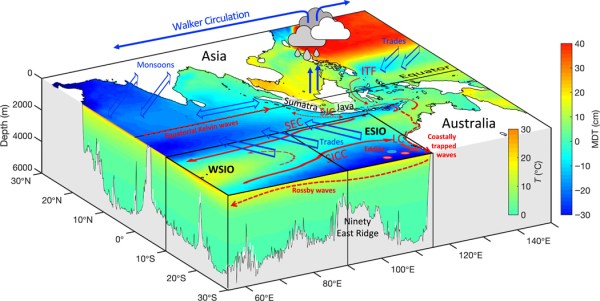In this EGU presentation, Wouter Berghuijs shares several key points to improve our paper writing. This presentation should be useful especially for early-career scientists. I particularly like a suggestion to convey only 1 main message in a paper. If you have 10 main messages that are absolutely important and new, it is better to write... Continue Reading →
Zooplanktons eat microplastics? Yes, they do and it may reshape the global ocean-biogeochemistry
Plastics are now widely distributed in the global ocean, serving as a new and serious contaminant for marine ecosystems. For instance, ingestion of small plastic detritus ( 0.1 μm ~ 5 mm), “microplastics” by fish, mussels and seabirds has been widely reported. A recent study (Cole et al., 2013) used fluorescence bioimaging techniques to show... Continue Reading →
Can you speak up freely in group meetings and conferences?
It is very tough especially if you are a student, postdoc or junior scientist to speak up at group meetings and conferences. This has been a constant challenge for me throughout my career. Now, I am a mid-career to senior level scientist. But, I still get nervous (sometimes extremely) when I need to stand up... Continue Reading →
Thermohaline Meridional Overturning Circulation on Enceladus
Enceladus is a miniature-size Saturn's moon (Earth's moon is about 7 times larger) known to have a deep ocean (~ 40km) beneath the thick icy crust (~20km). It has been suggested that Enceladus’s interior ocean is heated from below through hydrothermal activity, powered by tidal dissipation. The ocean should in turn carry the heat to... Continue Reading →
Unmanned Seagliders could be used to explore Titan’s sea of liquid methane
Titan is the largest moon of Saturn and receives only about 1% of the amount of solar energy Earth does. Thus, the average surface temperature is extremely low, about 90.6 K (-182.55 °C, or -296.59 °F). Under this extremely cold temperature, Titan's atmosphere is nearly free of water vapor, and is primarily composed of nitrogen and methane. At the... Continue Reading →
A Seasonal Probabilistic Outlook for Tornadoes (SPOTter) in the Contiguous U.S.
This new study accepted in Monthly Weather Review (Lee et al., 2021) presents an experimental model for Seasonal Probabilistic Outlook for Tornadoes (SPOTter) in the contiguous U.S. for March, April and May, and evaluates its forecast skill. This forecast model uses the leading empirical orthogonal function modes of regional variability in tornadic environmental parameters (i.e.,... Continue Reading →
Why does the Arctic temperature rise faster in the cold season?
The Arctic warming response to increasing greenhouse gas is substantially greater than the rest of the globe. It has been suggested that this phenomenon, commonly referred to as Arctic amplification, and its peak in boreal fall and winter result primarily from the so-called lapse-rate feedback, which is associated with the vertical structure of tropospheric warming,... Continue Reading →
10 Best Practices for Inclusive Remote Meetings
Remote meetings have recently become the new normal for sharing information and conducting other important daily work across the scientific enterprise. Many practices needed for productive and inclusive in-person meetings are even more critical for successful remote meetings, which require additional responsibilities of meeting hosts. The AGU Ethics and Equity Center recommends these 10 best... Continue Reading →
Increasing influence of warm and salty Atlantic water on the cold season Arctic sea ice melting
The Arctic Ocean in the upper 100 - 200 m is typically characterized by a cold and fresh surface mixed layer and a layer of rapidly increasing salinity with depth, as known as halocline, separating the surface mixed layer from the warm and salty Atlantic water at depth. Due to large vertical density gradient and... Continue Reading →
What caused the abrupt reduction of the South Indian Ocean heat & sea level in 2014–2016 and the ensuing quick recovery?
A decade-long increase of the basin-wide sea level and heat content in the subtropical southern Indian Ocean (SIO) during 2004–2013 ended abruptly, immediately following the onset of the strong 2014–2016 El Niño. Interestingly, this unprecedented drop of the SIO heat quickly recovered during the weak 2017–2018 La Niña. A study recently published in Science Advances... Continue Reading →


